Op-Ed: Wildfires Wreck the West
September 30, 2020
Over the past month, wildfires have engulfed the West in flames.
Eerie pictures of orange skies over the Golden Gate Bridge in San Francisco and smoke over the Space Needle in Seattle populate news sources, but tourist attractions are not the only places impacted by the fires.
The real question is, how did the fires start, what impact does they have on the environment, and how did they get so massive?
Wildfires can be both manmade and naturally occurring. Small wildfires are healthy for a forest, and have been a beneficial part of our planet since before our time. These wildfires burn dead and decaying plants that will allow new plants to grow. However, wildfires this big are not.
The recent fires are the result of humans’ influence on the environment. They can come from things as simple as sparks from a car or less common events, such as using fireworks. The power lines in California are another big issue, as Pacific Gas and Electric alone caused about 1,500 wildfires from 2013 to 2019.
Fires can also result from lightning storms. If a lightning bolt strikes a tree, it runs the risk of starting a fire. Lightning caused the largest wildfire in California’s history this year. Lightning storms increase in frequency with temperatures, which can also lead to an increase of wildfires. While this could be considered a climate change issue, we don’t know for sure if these fires are the result of increased lightning.
Science, a reputable publications, recently wrote, “we could expect to see a 12% increase in lightning activity for every 1°C (1.8°F) of warming.” The article goes on to say that we could see 50% more storms by the year 2100.
Large wildfires can destroy houses, leaving people without their homes. Recently, 40,000 people fled their houses in Oregon, and unfortunately, over 30 people have lost their lives to the fires.
Additionally, air quality has taken a hit in the West. California was ranked the state with the worst air quality in 2019—and this year’s wildfires are far from helping. The smoke is also unsafe for humans, and almost 1,200 people have died because of smoke from the wildfires over the past month.
Another problem resulting from the fire is CO2 emissions, which have skyrocketed recently. About 100 million tons of carbon dioxide has been emitted because of these fires and will contribute to the atmospheric carbon dioxide that traps heat within the atmosphere, leading to global warming.
All of this begs the question, how did these wildfires lead to approximately 3.7 million acres of land being burned?
The answer: a combination of storms, heat, and wind. With strong thunderstorms and a heat wave, fire risk goes up. Wind can carry flames and smoke, with smoke reportedly reaching parts of Massachusetts—and even Europe.
With all this in mind, what can we do to help?
As the famous Smokey the Bear says, “Only you can stop wildfires.” We can all try to reduce the amount of carbon that we use daily. At campfires, make sure to put out a fire completely and do not use flammable materials such as cigarettes.
We need to be united to stop these deadly disasters. Just because the fires are on the West Coast doesn’t mean that people in the East Coast or other parts of the world can’t help.
As for me, I am hoping to start an environmental club here at School to try and help. One of my goals is to reach out to the National Park Service to learn more about these fires and find ways to help stop these deadly and costly disasters.
Editors’ note: If you are interested in learning more about how you can help or joining the club, please contact me at emichaeli@brimmer.org.

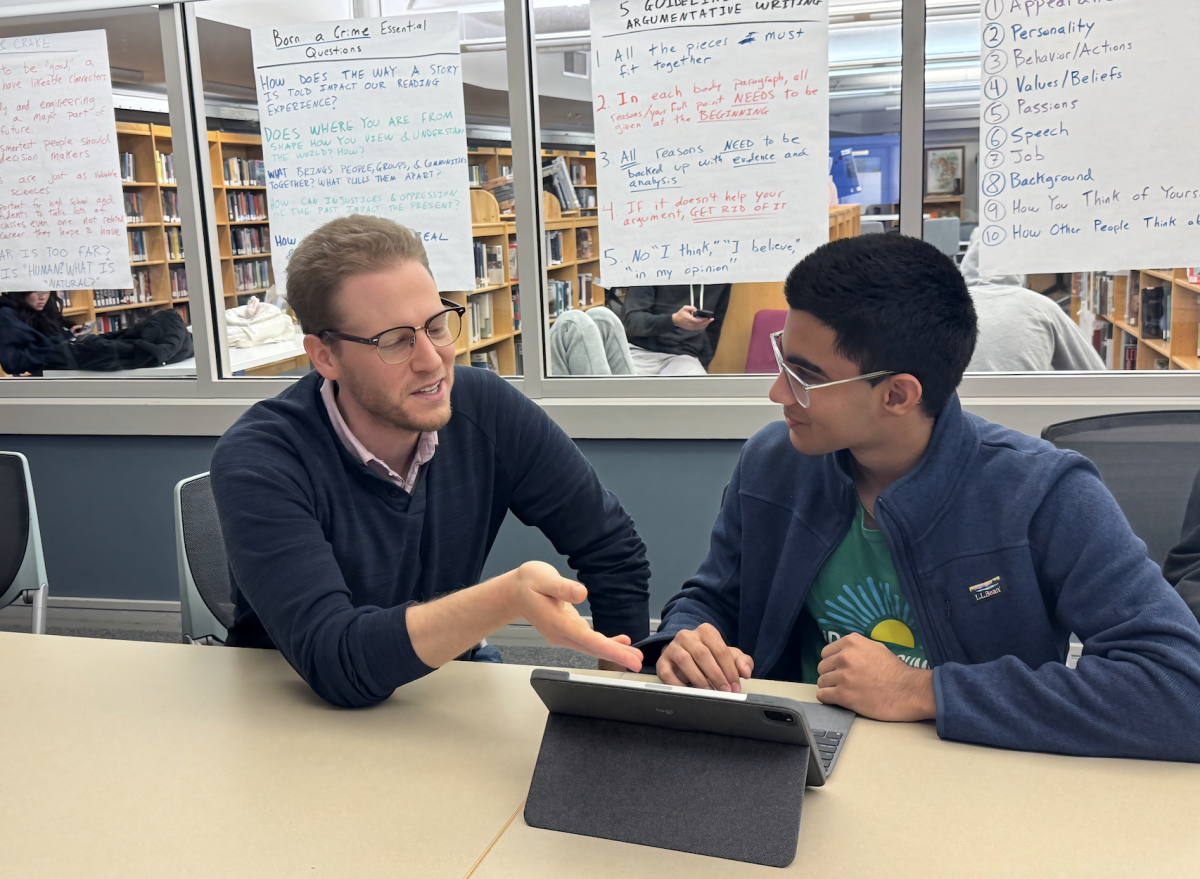
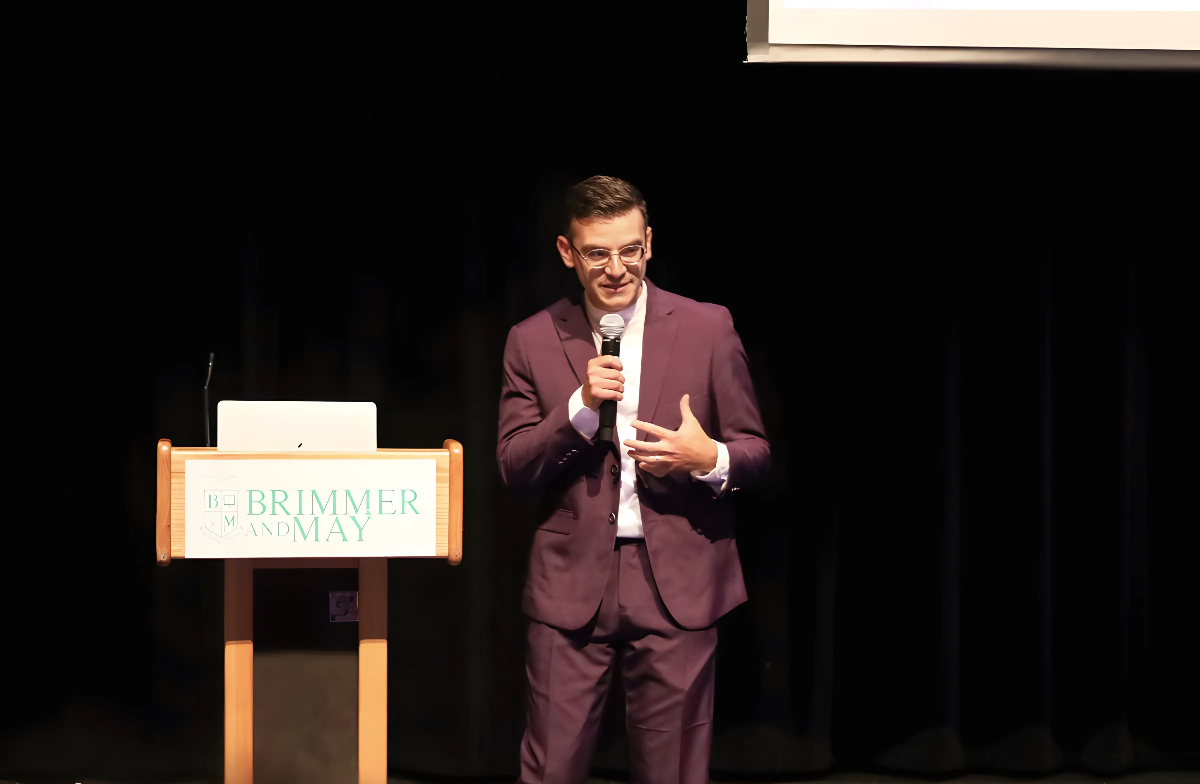



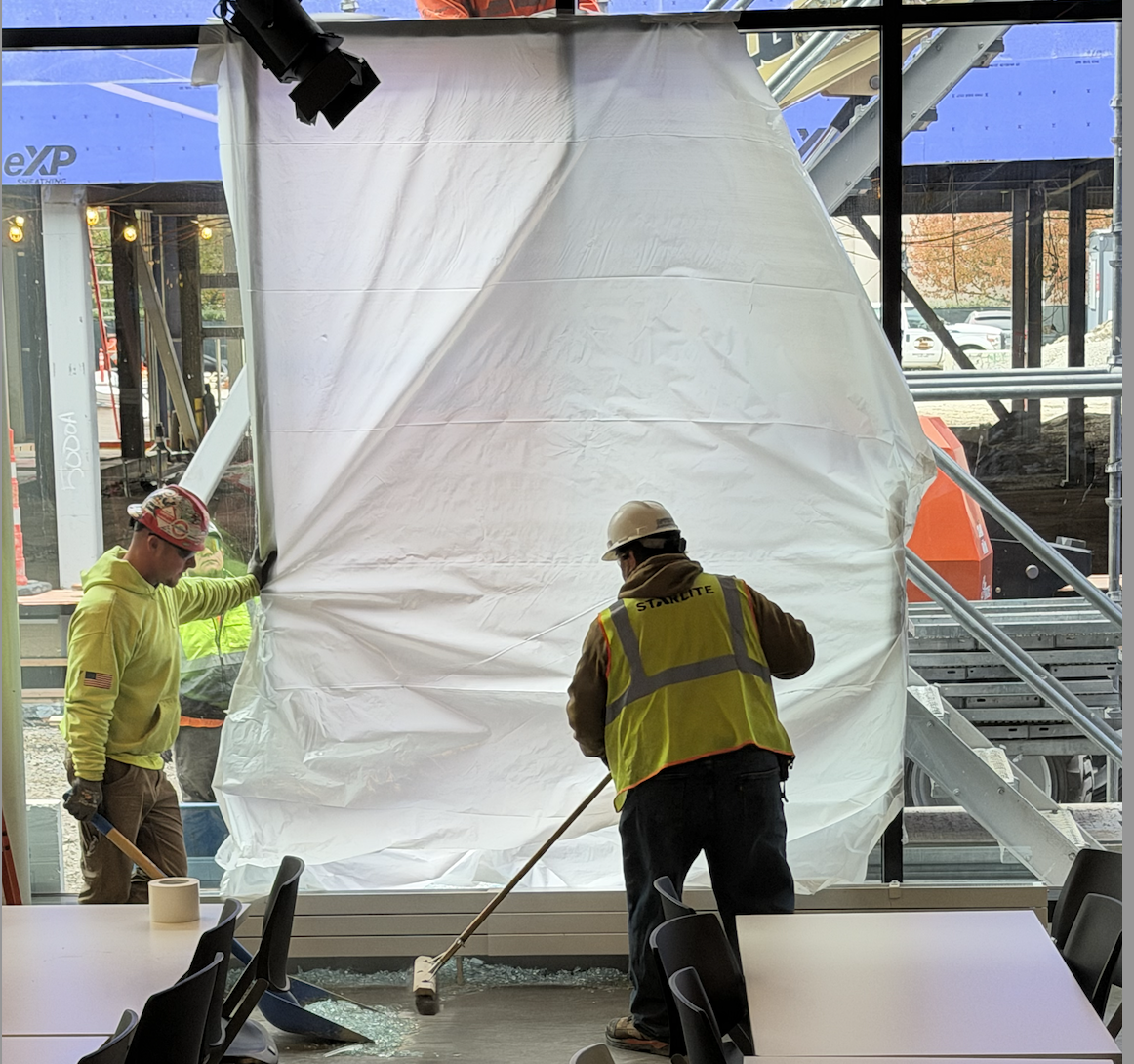




































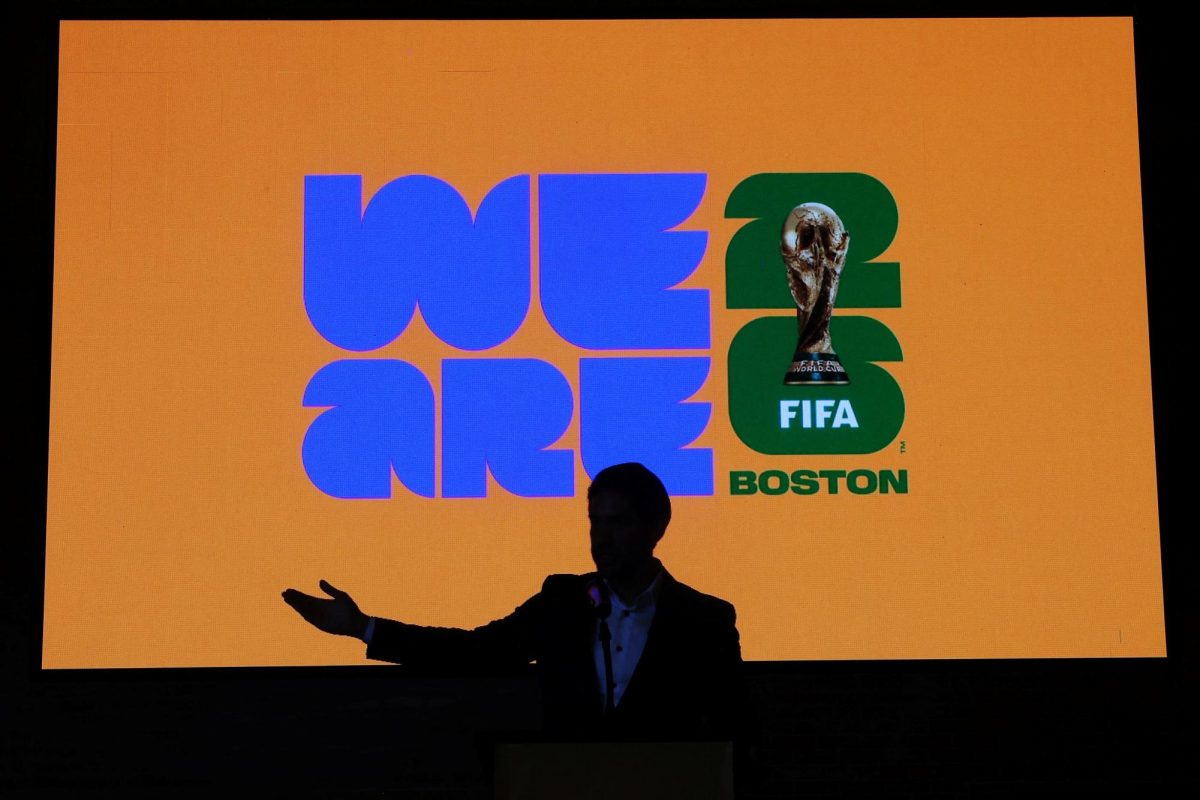










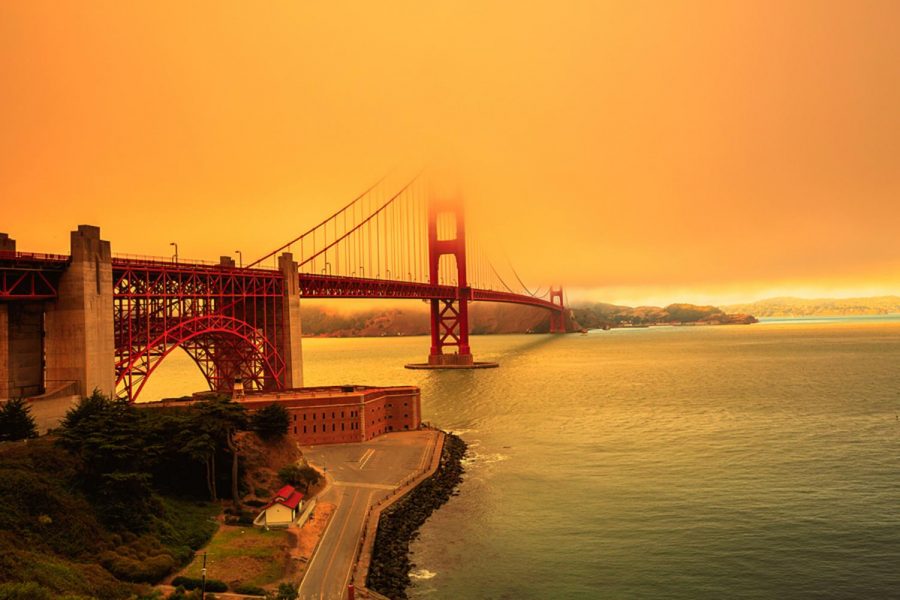
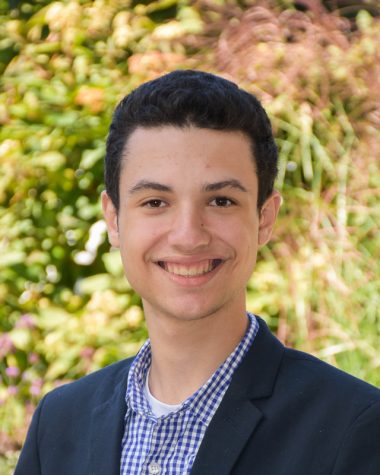
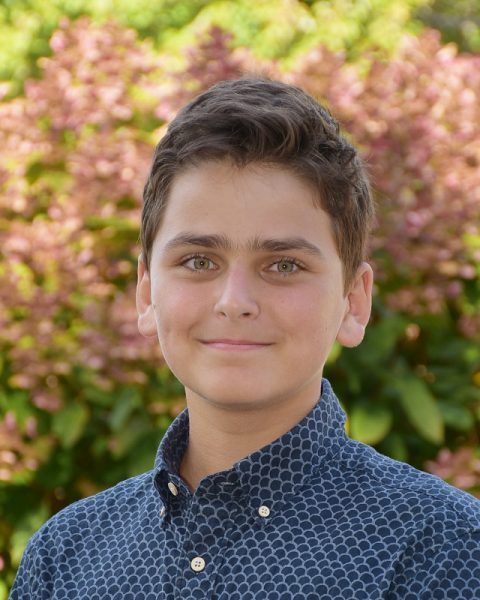

Christian Stratter • Oct 5, 2020 at 11:55 am
Thanks for the informational read Evan! Good stuff!
Auntie bev and uncle stan • Sep 30, 2020 at 8:30 pm
Excellent article Evan. You are so right that something must be done.. Well written and we are very proud of you. Love you xo